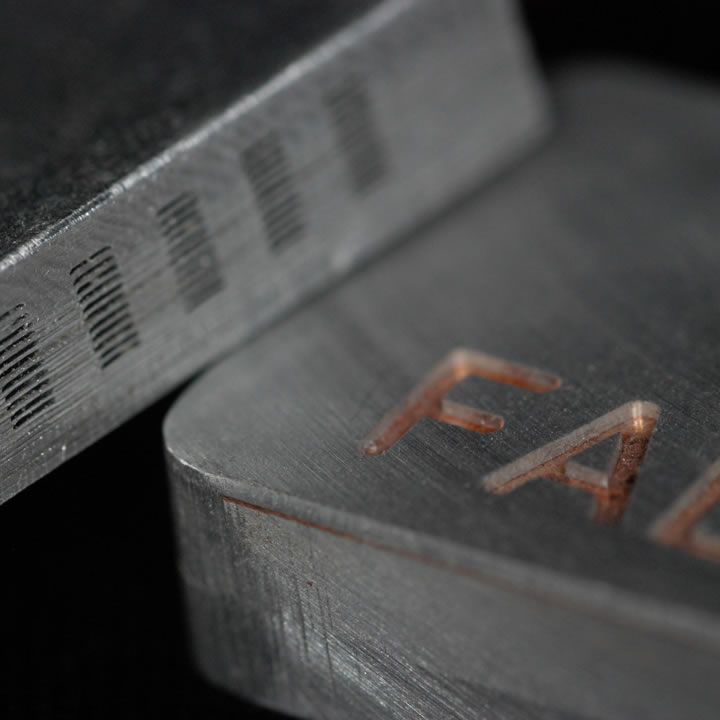Imagine a world where creating high-tech metal parts is as easy as baking a cake. This is the magic of ultrasonic atomization, a groundbreaking technology transforming industries from aerospace to medicine.
Picture a dentist crafting a custom dental implant. Instead of relying on traditional, lengthy methods, they use ultrasonic atomized metal powders produced by an ultrasonic atomization platform to 3D print the implant in no time.
These ultra-fine powders, created by using high-frequency vibrations to break down molten metal into tiny droplets, ensure the implant fits perfectly and is biocompatible. This means quicker, more comfortable treatments for patients and fewer follow-up visits.
In the aerospace industry, think of the turbine blades inside a jet engine.
These components need to withstand extreme conditions. Ultrasonic atomization produces the precise metal powders required to manufacture these blades with incredible strength and durability.
As a result, planes are safer, more efficient, and can fly longer distances without issues.
Even in everyday technology, ultrasonic atomization plays a crucial role.
Your smartphone, with its intricate circuits, relies on conductive inks made from these fine metal powders. This technology ensures your device is reliable and performs flawlessly, connecting you to the world without a hitch.
Moreover, in the world of renewable energy, ultrasonic atomization helps in making high-performance fuel cells. These cells, essential for clean energy solutions, use metal powders to enhance their efficiency and longevity, driving the shift towards greener energy sources.
Ultrasonic atomization is the silent hero behind the scenes, making it all possible. Whether it’s life-saving medical implants, cutting-edge aerospace components, or everyday electronics, this innovative process is revolutionizing the way we create and use metal products.
Understanding Ultrasonic Atomization
First documented in 1927, ultrasonic atomization experienced significant advancements in 1964 when Stamm applied it to the production of metal powders. His work focused on metals with melting points up to 700°C, utilizing high-frequency vibrations up to 0.8 MHz.
Despite the method’s promise, challenges such as the fatigue strength of the sonotrode material led to a preference for plasma or gas atomization techniques.
Ultrasonic atomization transforms liquid into fine powders using ultrasonic vibrations instead of high-velocity gas. The key principle involves vibration amplitude and surface wettability.
When the vibration amplitude exceeds a certain threshold, standing capillary waves form on the sonotrode’s surface. As these waves increase in amplitude, they burst, ejecting tiny droplets from the melt.
Thicker liquid films introduce cavitation, which further enhances droplet ejection.
The size of the particles produced is influenced by the vibration frequency and the properties of the liquid, with research by Lang (1962) and Peskin et al. (1963) refining the predictive equations for droplet size.
In simple terms, ultrasonic atomization employs high-frequency vibrations to create standing waves in a liquid, causing it to eject tiny droplets. This process is akin to the way ultrasonic humidifiers produce a fine mist from water.
This technique is particularly effective for small-scale production of metal powders, making it ideal for unit manufacturing processes and prototyping with 3D printing. It allows for the rapid testing and validation of new alloy compositions in small batches, providing a versatile tool for material research and development.
By adjusting the frequency, manufacturers can control the particle size distribution, making ultrasonic atomization compatible with various additive manufacturing technologies such as Direct Energy Deposition, Electron Beam Melting, and Laser Powder Bed Fusion.
The rePOWDER ultrasonic metal atomizer by AMAZEMET
AMAZEMET’s rePOWDER ultrasonic atomizer showcases the benefits of this innovative technology.
This compact and versatile device can recycle materials, such as failed printouts and leftover powder, making it both cost-effective and environmentally friendly. It can atomize nearly all types of alloys, with approximately 80% of the output suitable for specific processes.
The system supports both arc/plasma and induction melting, with modules operating at frequencies of 20, 40, and 60 kHz, accommodating various material and particle size needs.
Conclusion
Ultrasonic atomization, as demonstrated by AMAZEMET’s rePOWDER, represents a significant advancement in material science. It provides an efficient and flexible method for producing fine metal powders, which are essential for 3D printing and other high-tech applications.
By understanding the fundamentals of ultrasonic atomization, from simple water atomization to sophisticated metal processes, researchers and professionals can fully leverage this technology.
***
Contact Details: For more information on ultrasonic atomization and the rePOWDER system, contact AMAZEMET for expert guidance and support in your material research and development projects.

